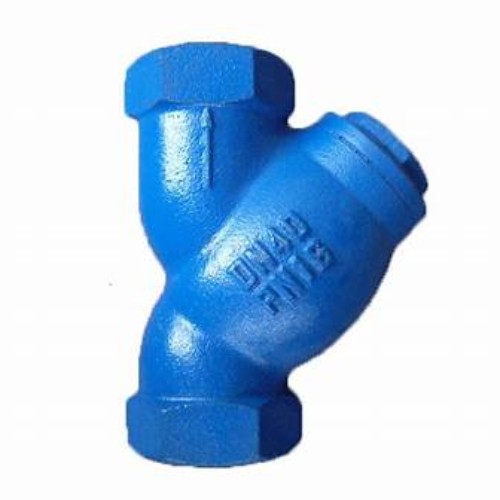water meter pressure reducing valve
Understanding Water Meter Pressure Reducing Valves
Water meter pressure reducing valves (PRVs) are essential devices in plumbing systems, designed to regulate and reduce the pressure of water flowing through pipes. The importance of managing water pressure cannot be overstated, as it directly affects the efficiency of plumbing systems, the longevity of appliances, and overall water consumption. This article delves into the functions, benefits, and installation considerations of water meter pressure reducing valves.
What is a Pressure Reducing Valve?
A pressure reducing valve is a mechanical device that lowers the incoming water pressure from the municipal supply to a safer and more manageable level for residential or commercial use. Typically located at the water meter, it ensures that the pressure remains consistent, irrespective of fluctuations in the municipal supply. This regulation is crucial, as excessive water pressure can lead to pipe leaks, increased wear on plumbing fixtures, and the wastage of water.
How Does a Pressure Reducing Valve Work?
The primary function of a pressure reducing valve is to maintain a constant output pressure regardless of input variations. Inside the valve, a diaphragm reacts to changes in the incoming water pressure. When the pressure exceeds the set level, the valve adjusts itself to restrict the flow of water, effectively lowering the pressure before it reaches the home or establishment. The user can usually modify this set pressure via an adjustment screw, allowing for customization based on specific needs.
Importance of Pressure Regulation
1. Protection of Plumbing Systems High water pressure can cause significant damage to pipes, fixtures, and appliances. Over time, excessive pressure leads to leaks, burst pipes, and the premature failure of water heaters and dishwashers. By installing a PRV, homeowners can mitigate the risks associated with high pressure and extend the life of their plumbing systems.
2. Water Conservation Lowering the water pressure decreases flow rates and, subsequently, water usage. This reduction is not only economically beneficial, as utility bills decrease, but it also contributes to larger conservation efforts, helping to preserve valuable water resources.
water meter pressure reducing valve

3. Improved Water Quality High-pressure water flows can lead to turbulence in pipes, which may disturb sediment and contaminants, potentially compromising water quality. By stabilizing the pressure, PRVs help maintain the integrity and quality of water delivered through home plumbing systems.
4. Enhanced Comfort Excessive water pressure can result in forceful water streams from faucets and showerheads, which may be uncomfortable. A pressure reducing valve allows for a more pleasant and manageable water flow, enhancing the overall user experience.
Signs You Need a Pressure Reducing Valve
Several indicators suggest the potential need for a pressure reducing valve
- Frequent Pipe Leaks Regular leaks indicate that pressure levels may be too high for your plumbing system. - Poor Performance of Appliances If water-using appliances are malfunctioning or frequently breaking down, it could be due to high pressure. - Inconsistent Water Flow Fluctuating water pressure when using multiple fixtures may point to pressure regulation issues. - Noise in Pipes Banging or hammering noises can signify water pressure surges that a PRV could help control.
Installation and Maintenance
Installing a pressure reducing valve typically requires professional plumbing services, especially if the main water line is involved. Proper installation ensures that the device functions effectively and adheres to local plumbing codes. Routine maintenance, including checking the valve for leaks and ensuring it operates at the correct pressure, is necessary to keep the system running smoothly.
Conclusion
Water meter pressure reducing valves play a critical role in modern plumbing systems. By managing water pressure effectively, they protect against the risks associated with high pressure, promote water conservation, and improve the functionality of household appliances. Homeowners should consider the installation of PRVs as a proactive measure, safeguarding their plumbing systems while enhancing their overall water experience. Whether building a new home or maintaining an existing one, understanding the importance of pressure reducing valves will lead to a more efficient and durable plumbing system.
-
The Key to Fluid Control: Exploring the Advantages of Ball Valves in Industrial SystemsNewsJul.09,2025
-
The Versatile World of 1, 2, and 3 Piece Ball ValvesNewsJul.09,2025
-
Stainless Steel Ball Valves: The Ideal Choice for Efficient Flow ControlNewsJul.09,2025
-
Optimizing Fluid Control with Ball Float ValvesNewsJul.09,2025
-
Manual Gate Valves: Essential for Control and EfficiencyNewsJul.09,2025
-
Everything You Need to Know About Butterfly ValvesNewsJul.09,2025
-
The Versatility of Wafer Type Butterfly ValvesNewsJul.08,2025




